Artist: David Fiveash (authored by Fiveash)
Submitted by Fiveash on
Submitted by Fiveash on
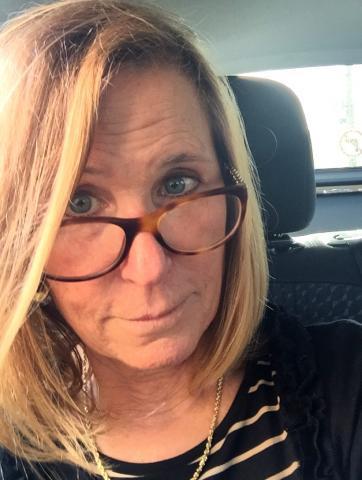 Submitted by NeaBisek on
Submitted by NeaBisek on
Most of my art work is figurative and representational. My paintings and drawings are based in experiences which have had deep emotional impact on me. The human element is an important key to unlocking the amazing resources of imagination which produce the visual drama of my paintings. While the images in my paintings seem more or less derived from nature they are not intended to be representations of ordinary everyday reality. I enjoy working with bright vivid colors in oil on canvas, in order to evoke a striking experience. As I paint I continuously ponder the structure and concepts of my images in order to insure that they correspond to my sense of the experiences underlying them. Objects depicted in dissimilar ways can become poetic in a painting.
Recently I have experimented with fabric constructions created with threads and strips of fabric from t-shirts my son with autism tears up on a daily basis. It was an exercise in abstraction and has inspired me to begin painting imaginary shreds on large panels.
I think my art will reward attentive viewers.
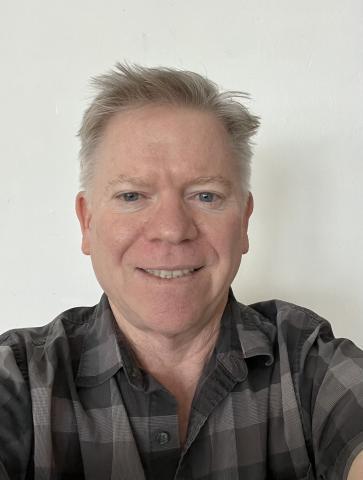 Submitted by tinman on
Submitted by tinman on
I paint things that I like. The list of likable things is growing, as my art evolves.
Submitted by budbrad on
Submitted by saorirussell on
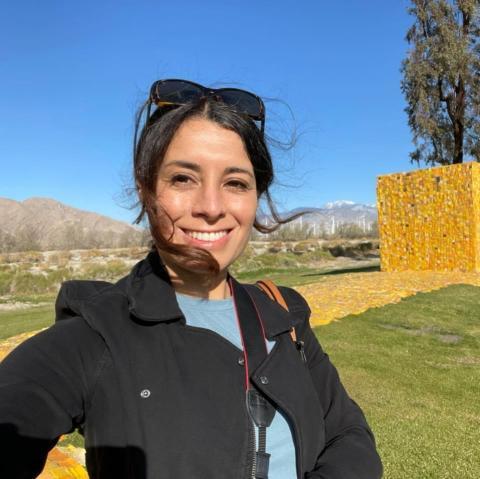 Submitted by bdwaldman on
Submitted by bdwaldman on
For three decades now, I have been setting up camp around the world. From my Princeton sandbox to the Plaza
of Sonoma, I have worked from what is revealed by site and the fingerprints I impart always with the help of
strangers. From Houston to San Francisco, from Rome to Rio, from Bangkok to Barcelona, I have immersed myself in extreme urban environments. My most current work of the past 2+ years finds inspiration from a 2010 trip to my maternal homeland Arequipa, Peru and a 2013 trip to "The Motherland" Greece. The building blocks from both cultures serve as the cells for my two dimensional constructions. My art considers site, community, material and experience using architectural language and materials from or inspired by imaginary & actual sites. From the visual language of selected landscapes and the stories of those residing in those spaces, the framework for my artwork is constructed.
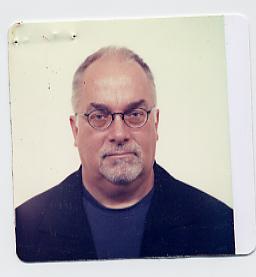 Submitted by dennispotter on
Submitted by dennispotter on
DENNIS POTTER
May 2013
For the past ten years I have constructed painted paper kimonos based on a model from traditional
Japanese Buddhism. This kimono, or hakui, is a simple garment worn by all Buddhist pilgrims who
circumambulate the island of Shikoku in Japan. This garment works as a metaphor for experience and
memory because it is inscribed with both printed seals and brush painted blessings and sutra, or poems
written by monks that the pilgrim visits wearing the kimono. Thus, it is a skin of the pilgrim's
experience that is transformed by art and by the experience itself. Walking the long and (historically)
treacherous path the kimono becomes worn, stained, rain washed, and layered/faded with the art works
describing the experience, attesting to the pilgrimage. My work has been reformed and focused by this
discovery and it provides me with a new, spiritual and purposeful context.My kimonos are a kind of
multicultural hybrid or "quote" of the Asian Hakui and a more painterly, Western inflected process that
is my own.
I am a mature artist with over 40 years of painting experience and feel newly freed by using the Hakui
model. It provides me with a purpose for my own work, one that implies memory and loss,
functionality, and a context that although borrowed and implausible, informs my work with
significance in the light of the pilgrim experience. I have been living in Taiwan with my Taiwanese
partner who lost his US visa as a result of 9/11 and teaching HS Art in International schools for over
two years now. Our move to Taiwan is a pilgrimage of my own. I find that my own pilgrimage in Asia
and my experience here re-constructs the images and context of the kimonos ... the actuality of living in
Asia is so different from the imaginary.
This body of work includes paper reconstructions of kimono, priest robes (Kesa) and the paintings,
prints, and drawings that eventually become Kimonos. Kesa are made by wealthy parishioners and
given to monks and priests who are not allowed to own luxury goods, so the rich fabrics of the kesa
have been cut, pieced like quilts, and remade as non-luxury, scrap, recycling. This traditional practice
of remaking art in Asia is ancient, and suggests many post-modern appropriation practices in
contemporary Art from the West. Most Japanese Kesa are gold embroidered and sumptous though some
are plain, mine are paper and cloth and brush-painted and processed as a Western painting would be.
My eventual goal is to make a show that resembles the curio cabinets of the 19th Century explorers, a
collection of these objects as signs of a hybrid faux-culture that reflects my actual experience via
appropriated forms and quirky personal processes, as does my own pilgrimage in Asia now.
Submitted by gordon scott on
Submitted by bud on
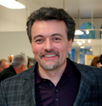 Submitted by SMAart on
Submitted by SMAart on
SMAart Gallery & Studio was founded in September 2012 and opened its doors at 1045 Sutter Street in San Francisco.
SMAart offers gallery exhibits, studio rentals and ceramic classes. While the center primarily caters to ceramic artists, artists of every media are welcome. Founder Steven M Allen opened SMAart to fulfill a longtime dream of having a gallery, a place to teach art to the community, and a place to create art in a creative open environment surrounded by other inspiring artists.
Conveniently located in the Lower Nob Hill neighborhood with access to several major bus lines. SMAart is also positioned in the heart of the Lower Polk Art Walk offering participating artists access to a burgeoning art scene.